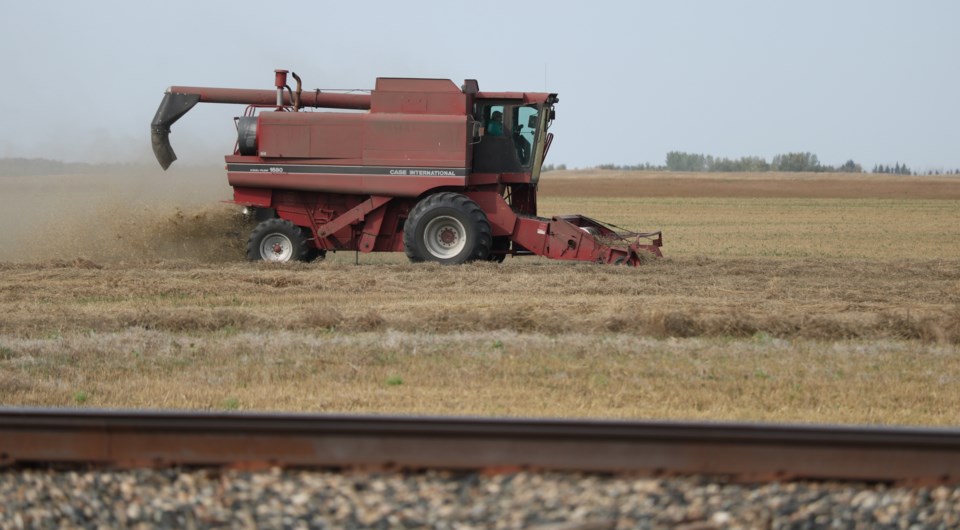YORKTON - So the Toronto Blue Jays didn’t sign Shohei Ohtani.
Oops that isn’t ag related all is it, although I expect a lot of farmers follow sports – I know my dad listened to Roughrider games as soon as a radio was available in the tractor cab.
It is funny to think that I am old enough to recall the days of tractors before cabs were standard fare. I know my hair has thinned considerably and my beard is snow white but I am not that old and yet the farm tractor has changed so dramatically in my lifetime.
I also recognize that is hardly a unique situation. My grandfather cleared almost every acre of his homestead with an axe and horse, and lived into the 1970s, so he saw crazy changes.
My father quit school after Grade 8, so he could stay home to work his much-loved horses in the field and farmed into the late 1980s. Imagine for a moment the changes in farming he saw.
I suppose such thoughts are popping through my mind as I look at the last days of 2023 draining away, but I can’t help but wonder what a youngster on a Saskatchewan farm will see in their lifetime?
It is funny to think that I am old enough to recall the days of tractors before cabs were standard fare.
And, therein lies the greatest optimism for farming and for the rest of who need food production.
The biggest question that is likely to impact what comes down the pike in the years ahead is what regulations governments impose as they try to appease what they feel consumers want.
There is of course a fine line between what consumers might believe is best – goodness knows the line between good science and social media babble is increasingly blurred – and what will be needed to feed a growing population.
Does that mean ever-larger implements, or a devolution to smaller autonomous units likely powered by non-fossil fuel energy?
Do we continue to turn to crop protection products, or find alternatives which still allow for high yield production?
Even the crops which are produced are likely to change – in part forced to change as the climate changes – you decide if the change is normal, or due to human impact – and by what crops produce the best as populations grow.
The one constant from before my grandfather’s time through to the old age years of my children and beyond will be change, and that promises exciting times ahead for farmers.

